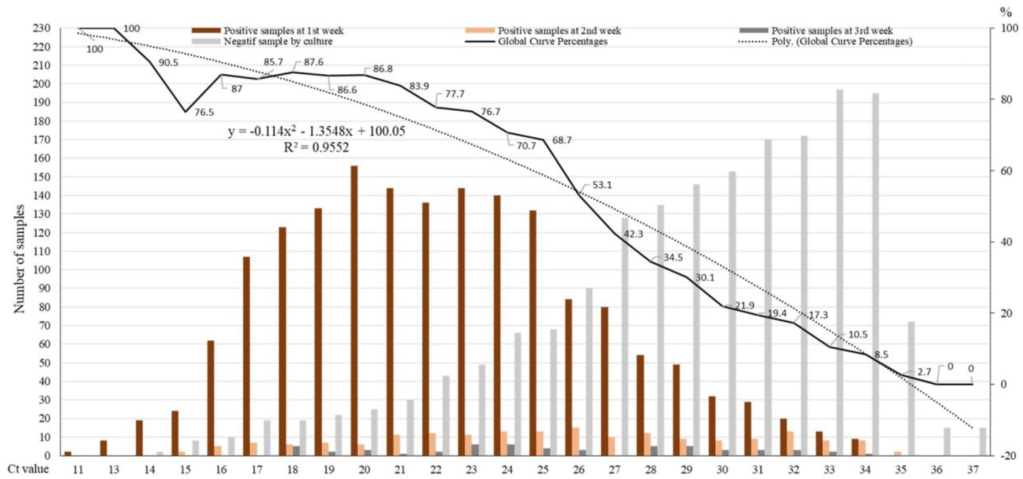
Published: June 19, 2021
Share on: Twitter / Facebook
A new German study confirms and explains the failure of PCR mass testing.
In March 2020, SPR warned that PCR mass testing in the general population (“test, test, test”) would be a serious mistake. The issue never was that PCR tests didn’t work or that the Drosten PCR paper was “peer-reviewed” in just one day. The issue is that PCR tests cannot determine an acute infection, ongoing infectiousness, and actual disease, especially if ct values are not taken into account.
Several studies have since shown that national PCR testing rates have had no influence at all on covid mortality. In addition, a new German study re-analyzed PCR tests of 160,000 people and concluded:
“In light of our findings that more than half of individuals with positive PCR test results are unlikely to have been infectious, RT-PCR test positivity should not be taken as an accurate measure of infectious SARS-CoV-2 incidence. Our results confirm the findings of others that the routine use of ‘positive’ RT-PCR test results as the gold standard for assessing and controlling infectiousness fails to reflect the fact ‘that 50-75% of the time an individual is PCR positive, they are likely to be post-infectious.'” (Stang et al, Journal of Infection, May 2021)
Why has mass PCR testing failed so badly? Most likely because of the role of pre-symptomatic transmission: by the time someone gets a ‘positive’ test result, the infectious virus is already being neutralized, or in some cases is already long gone. Hence PCR testing really only makes sense in targeted, preemptive high-risk settings, such as hospitals, nursing homes or early border controls, or possibly in Chinese-style preemptive, pooled mass testings of entire 10-million-people cities.
Overall, PCR mass testing has achieved essentially nothing but hundreds of billions in unnecessary costs and large-scale psychological trauma, especially in children. Nevertheless, with millions of deaths, covid was not just a “casedemic” or a “fake pandemic” (as the 2009 swine flu), but a PCR-driven “casedemic” on top of a real pandemic – or, as previously noted: a “strange pandemic”.
Related: The trouble with PCR tests (October 2020)
